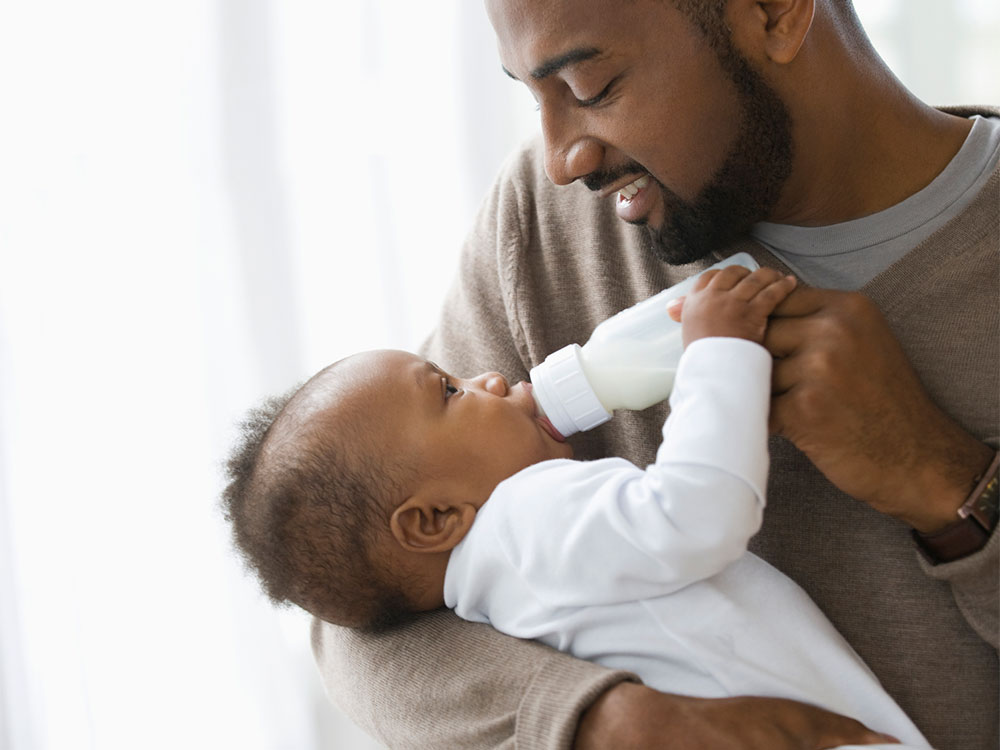

These children may need a walker or leg braces to help them move from place to place.

They may have trouble walking because tight muscles in the hips and legs cause their legs to turn inward and cross at the knees (also called scissoring). Children with this kind have muscle stiffness mostly in the legs. Weak muscles or no movement in a group of muscles.

Trouble walking, crossing knees, having a scissor-like walk or walking on toes.Signs and symptoms of spastic CP include: These children have stiff muscles and may have awkward body movements. About 4 in 5 children (80 percent) with CP have spastic CP. Spastic means tight or stiff muscles, or muscles that spasm (get tight). There are four kinds of CP that are based on the type of movement problems a child has. Most children are diagnosed by the time they’re 2 years old.ĬP is the most common cause of movement problems in childhood. These are problems with how the brain works that can cause a person to have trouble or delays in physical development, learning, communicating, taking care of himself or getting along with others.Ībout 1 in 300 children (less than 1 percent) has CP. Some but not all children with CP also may have other conditions, like intellectual and developmental disabilities. This can cause problems with movement, posture (standing up straight) and balance. Cerebral palsy (also called CP) is a group of conditions that affects the parts of your brain that control your muscles.


 0 kommentar(er)
0 kommentar(er)
